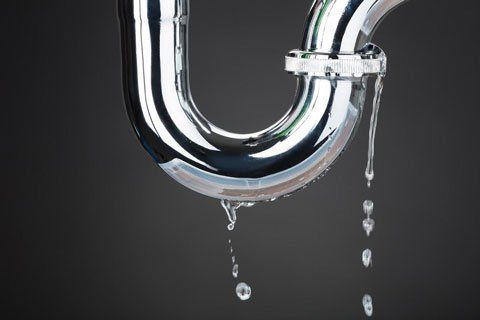Guide To Water Leak Detection In Your Home
Guide To Water Leak Detection In Your Home
Blog Article
What're your opinions with regards to Leaking water lines?

Early discovery of dripping water lines can alleviate a possible disaster. Some tiny water leakages might not be noticeable.
1. Analyze the Water Meter
Examining it is a proven means that helps you discover leaks. If it moves, that indicates a fast-moving leak. This suggests you might have a sluggish leakage that can even be underground.
2. Inspect Water Consumption
Assess your water expenses and track your water intake. As the one paying it, you must notice if there are any type of inconsistencies. If you find sudden changes, regardless of your usage being the same, it means that you have leaks in your plumbing system. Bear in mind, your water expense must drop under the very same array each month. A sudden spike in your bill indicates a fast-moving leak.
A constant increase every month, even with the exact same routines, reveals you have a slow leak that's likewise gradually intensifying. Call a plumber to completely inspect your residential property, specifically if you feel a warm area on your floor with piping below.
3. Do a Food Coloring Test
When it involves water usage, 30% comes from toilets. Test to see if they are running correctly. Decrease flecks of food shade in the storage tank and also wait 10 minutes. There's a leakage between the storage tank and also bowl if the shade in some way infiltrates your bowl during that time without flushing.
4. Asses Outside Lines
Don't fail to remember to inspect your exterior water lines as well. Ought to water leak out of the link, you have a loosened rubber gasket. One little leakage can throw away tons of water as well as increase your water costs.
5. Examine and Assess the Circumstance
House owners should make it a practice to check under the sink counters as well as also inside cupboards for any bad odor or mold development. These two warnings suggest a leak so prompt attention is called for. Doing regular inspections, even bi-annually, can conserve you from a major issue.
More significantly, if you recognize your residence is already old, maintain a watchful eye on your heaters, tubes, pipes etc. Check for discolorations and also damaging as a lot of home appliances and also pipes have a life span. They will certainly also naturally weaken as a result of tear as well as wear. If you think dripping water lines in your plumbing system, do not wait on it to rise. Call an expert plumber right now so you don't end up with a terrible mess in your house.
Early discovery of leaking water lines can alleviate a potential disaster. Some small water leaks might not be noticeable. Examining it is a surefire means that aids you uncover leaks. One small leakage can squander heaps of water as well as spike your water costs.
If you think dripping water lines in your plumbing system, don't wait for it to escalate.
WARNING SIGNS OF WATER LEAKAGE BEHIND THE WALL
PERSISTENT MUSTY ODORS
As water slowly drips from a leaky pipe inside the wall, flooring and sheetrock stay damp and develop an odor similar to wet cardboard. It generates a musty smell that can help you find hidden leaks.
MOLD IN UNUSUAL AREAS
Mold usually grows in wet areas like kitchens, baths and laundry rooms. If you spot the stuff on walls or baseboards in other rooms of the house, it’s a good indicator of undetected water leaks.
STAINS THAT GROW
When mold thrives around a leaky pipe, it sometimes takes hold on the inside surface of the affected wall. A growing stain on otherwise clean sheetrock is often your sign of a hidden plumbing problem.
PEELING OR BUBBLING WALLPAPER / PAINT
This clue is easy to miss in rooms that don’t get much use. When you see wallpaper separating along seams or paint bubbling or flaking off the wall, blame sheetrock that stays wet because of an undetected leak.
BUCKLED CEILINGS AND STAINED FLOORS
If ceilings or floors in bathrooms, kitchens or laundry areas develop structural problems, don’t rule out constant damp inside the walls. Wet sheetrock can affect adjacent framing, flooring and ceilings.
https://www.servicemasterbyzaba.com/blog/how-to-detect-water-leakage-in-walls/

I recently found that post on Finding hidden leaks when doing a search on the web. I beg you set aside a second to share this blog entry if you appreciated it. Thanks a lot for your time invested reading it.
Report this page